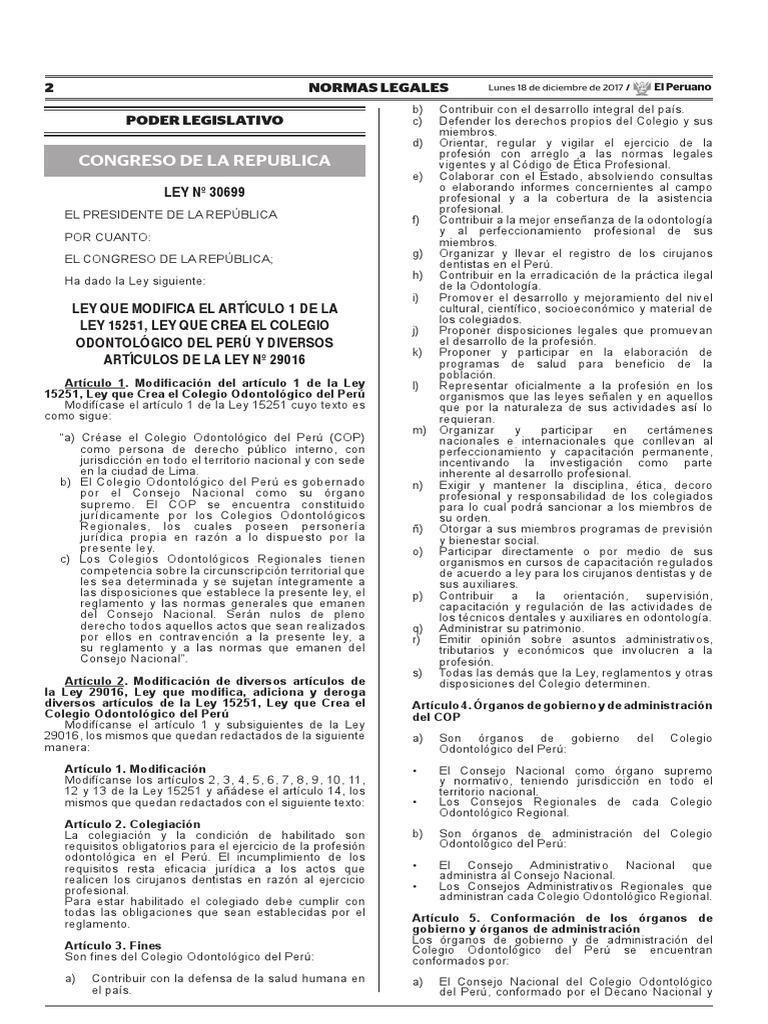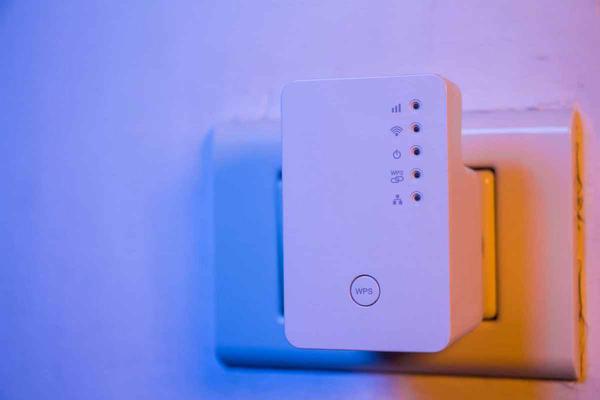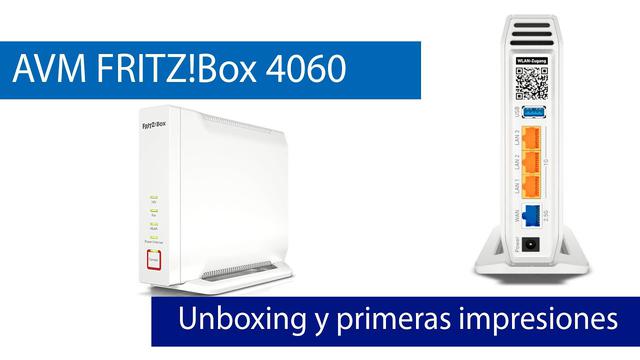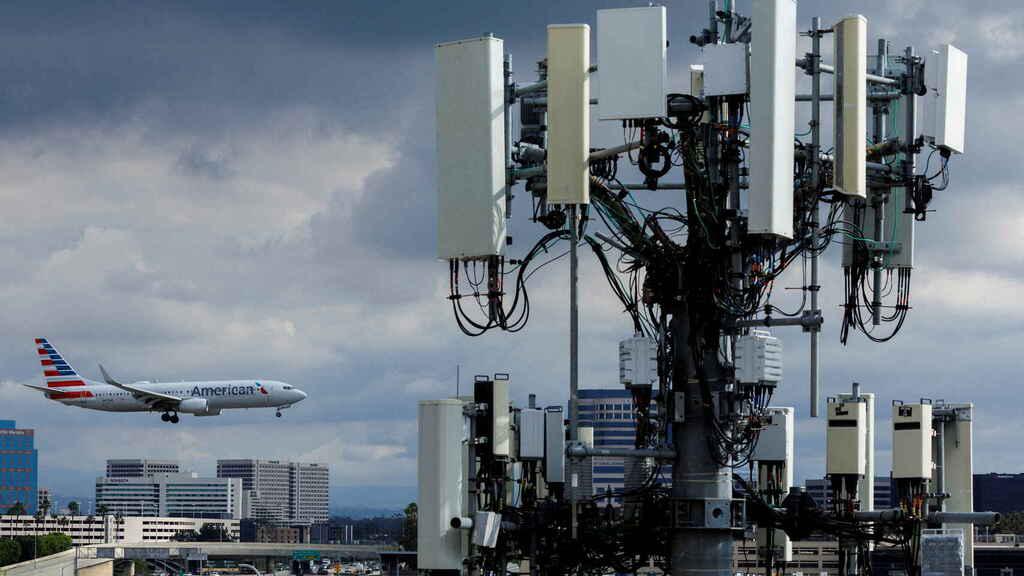Aruba Networks, living on the edge rather than in the clouds
digital economy
The company bets on an 'edge' platform with an artificial intelligence security solution
Norbert Gallego
If the year of the pandemic has shown anything, it is that humanity does not know how to live without being connected to networks and, furthermore, that stable and secure connectivity will be a requirement by design of the technological capabilities of companies and, therefore, a priority component. of the upcoming information technology (IT) investments.

Teleworking, domestic leisure, health care and vaccination have been testing grounds for infrastructures that form the nervous system of societies. Nothing will ever be the same again, is the premise of Keerti Melkote, who founded Aruba Networks in 2002 and continues to lead it after its acquisition in 2015 by Hewlett Packard Enterprise.
Faced with a very competitive landscape, bet on differential factors
During the annual Atmosphere event, Aruba demonstrated multiple use cases for ESP (Edge Services Platform), a platform that Aruba presented in 2020 and that its president describes as “the key infrastructure of the next decade”. The concept of edge (border or extreme of a local network) is inseparable from a strategy in which Aruba agrees with its competitors and that, according to its forecast, will last at least four or five years. Simply put, it is about moving computing and storage resources –which now reside in a data center– to the periphery, where the data is generated by mobile phones, sensors and various devices (internet of things).
It is beginning to be common, but Melkote warns that “every distributed deployment has its complexity, because in almost no location are there the conditions of a well-equipped data center, nor is it feasible to have on-site personnel; In addition, there is the growing problem of security, how to protect devices that form a more vulnerable peripheral infrastructure than a datacenter”.
'Cloud'
Not all apps are efficient in the d'atacenter' and not everything should be in the cloud
One of the lessons learned denies the apparent omnipotence of the cloud model. A drastic change is taking place in the technological architecture of companies, which have historically designed their data centers with the idea of serving all users and devices. In today's reality, not all applications – not even the most modern ones – necessarily reside in the datacenter; they are usually in a cloud (public, private or hybrid is another discussion) that is part of a distributed scheme.
"Edge is also moving: it is no longer just in offices, now our home has become a remote office, so it will be necessary to rethink business processes." This means requiring more intelligence and automation to process and analyze data in the vicinity of the place of their birth. Not forgetting security.
In mid-2020, Aruba acquired the company Silver Peak, an operation that has allowed it to integrate an SD-WAN (software-defined wide area network) solution in which artificial intelligence-based security for data transit is embedded. In this way, a company that recognizes itself as the heir to the edge and wireless communications has come to play a role in the data center and in the cloud by affinity.
With these weapons, Aruba faces a market in which there are endless suppliers; Among them, Melkote identifies two main ones: Cisco and Juniper. “None of them – he says – fully solve the problems, because they do not have an artificial intelligence comparable to that of ESP integrated with the Silver Peak complement. Another area where Aruba boasts a competitive advantage is its early adoption of the network-as-a-service, pay-per-use model.
Show commentsUp to the Minute







